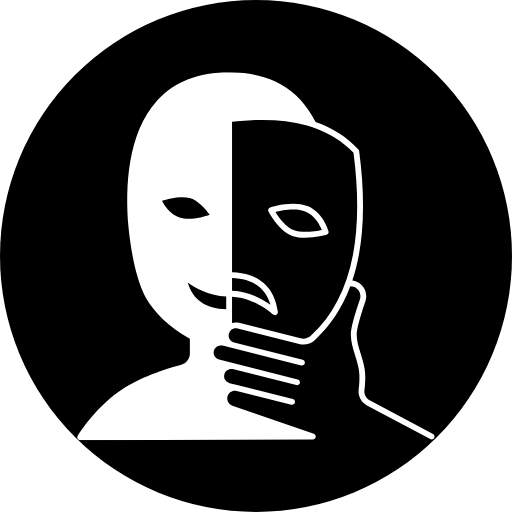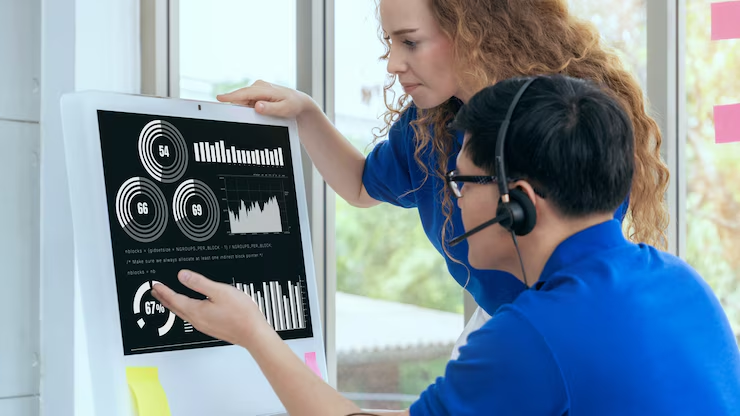Table of Contents
AI monitoring devices can be found in various locations, such as hospitals, factories, and even at the security systems monitoring your doorstep. These new devices and machines are making work within different industries more efficient, fast, and safe.
However, no matter how advanced the technologies are, if the data received is inaccurate, the whole operation can malfunction. This is the point at which calibration becomes important.
Consider it as a regular check-up for your AI devices, much like how you would tune up your car or update your phone. Calibration ensures that the AI Monitoring Devices are reliable and sharp when it is time to put them to work.
When and why does it matter how often AI monitoring devices should be calibrated? Stay tuned, and we will answer all your why’s and how’s.
What Are AI Monitoring Devices?
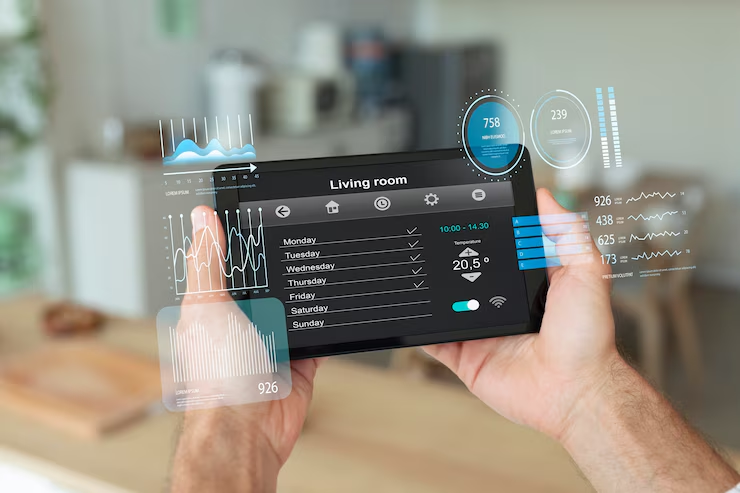
AI monitoring devices are intelligent systems that track processes or activities supervised. They use AI technologies to monitor and make assessments of different data on the go.
Scanning hospital patients’ vitals, monitoring planes for motion, inspecting production lines for faults, and even motion detection in your backyard are just some of the places these AI Monitoring Devices are utilized.
How about one of their more advanced uses? Security cameras that use AI to differentiate between people and pets and tell if the object is human or animal. Also, patients health-checking systems that inform medical practitioners if the patient’s scheduled undertakings are outside normal ranges, and so forth.
Most of the work is attributed to backend frameworks and processes. AI using machine learning techniques is among those technologies. These systems undergo lots of datasets for a given period where they undergo pattern recognition, forecasting, and fine-tuning. The more they are fed data, the more adaptive and accurate they become.
To summarize, AI-powered monitoring tools are like hyper-efficient assistants, as they provide 24/7 assistance without rest or losing stamina. They aid humans in making quicker and more intelligent choices at the right time, every time.
Also Read: Real or Fake? 7 Signs an Image Might Be AI-Generated
What Is Calibration and Why Is It Important?
Calibration may sound like something unimportant, but it’s crucial when it comes to AI monitoring devices and ensuring their accuracy. To put it simply, calibration is the process of adjusting an instrument, device, or tool so its measurements or outputs are accurate and precise.
It involves correcting or compensating a device’s measurements using benchmarks considered as standards for the measurements. For example, when using a weighing scale, you need to set it to “zero” beforehand. It must be pre-calibrated; otherwise, if the scale is preset, any value will be erroneous.
What if the device is not calibrated? Even the most sophisticated AI systems won’t be able to perform any complex functionalities accurately. AI Monitoring Devices without regular checks tend to “drift”, meaning over time, their outputs become less precise. At first, this may seem harmless, but it can lead to a multitude of issues down the line.
Picture a health monitoring system flagging a patient’s heart rate as dangerously high when it’s perfectly normal. That’s a false positive, and it could lead to unnecessary panic or treatment.
Or picture a factory sensor overlooking slight imperfections in products because its baseline shifted over time. That’s what we call data drift, and it can mess with quality control big time.
Skipping calibrating sets a system’s parameters using incorrect measurements. In simple terms, it is flying without any navigation instruments, which can lead to bad data, incorrect insights, harmful conclusions, wrong choices, and, in several cases, safety issues. Regular calibrating is not just ticking off boxes, it helps keep AI systems precise, reliable, and fully functional.
Factors That Affect Calibration Frequency
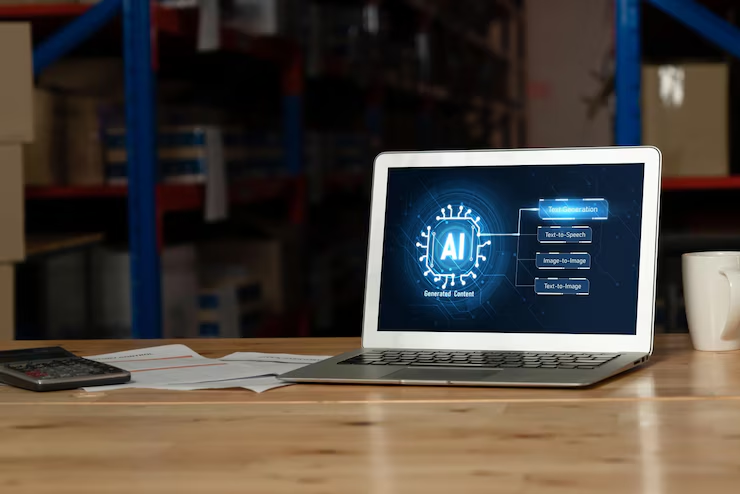
When it comes to AI monitoring devices, how often should calibration cycles occur? There isn’t just one right option or solution. This is more of an equation involving a combination of factors, both obvious and non-obvious. Let’s analyze it.
Equipment Category And Condition Of The Place Of Work
The surroundings of the equipment and it’s usage play a significant role. It is reasonable to assume that a sensor operating in a clean, controlled laboratory will outperform one placed in a hot, dusty factory. Many environments such as moisture, airborne particles, temperature changes, and other extremes, can accelerate the rate of device imbalance.
Sensor Class and Its Ability to Detect Signals
Some sensors are more sensitive than others, and for such systems, sensitivity can be a treble. Instruments like medical AI Monitoring Devices are more sensitive to calibration because they function better with precision for overlaps of even small mistakes. Conversely, less complicated sensors suffer from overweight ‘forgiveness’’ meaning they require less calibration.
Operating Hours
Everything here is self-explanatory. Equipment placed into continuous usage would require more frequent calibration than equipment placed into infrequent use. Wear and tear is a result of constant usage, so the gradual drift discussed before will catch up faster than expected.
Changes Software and Device Algorithms
Device behavior can change with software updates. Each “update” has the potential to reconfigure device algorithms that read the information gathered by sensors and therefore alter a device’s perception of its surroundings. Recalibration is almost always a useful practice after major updates to confirm all components still work together seamlessly.
Calibration Requirements by Industry
Due to the life-critical nature of certain industries such as healthcare and aviation, there are specific calibration timelines set in place and rigid regulations policies.
These laws exist to eliminate errors exceptionally. There are heavy repercussions for not performing calibration, which make breaks highly dangerous and potentially unlawful.
The Requirement for Technicians and Support Personnel
People are the last issue. Adjustments sometimes do not simply work. Some systems require a skilled technician or know-how capable of performing the calibration task properly.
This could be training your personnel or engaging outside help. In some regulated industries, you might need to engage certified professionals to ensure that the calibration is done legally or safely.
Conclusion
At the end of the day, calibration is not merely a technical task; it is essential for ensuring tracking devices powered by AI remain precise and dependable and work as intended.
Be it tracking patient vitals, monitoring the air quality, or inspecting products on a factory line, smart systems can only be as good as the data they deliver. That is why a one-size-fits-all approach will not work.
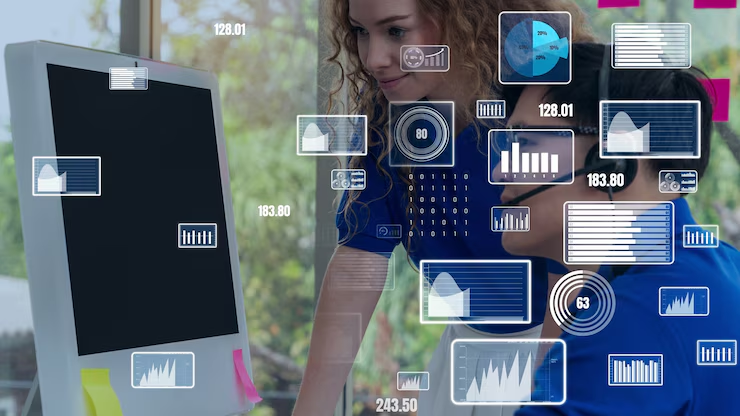
Tailoring calibration timelines to the device, its frequency of use, and the environment it operates within is crucial. The most important thing to remember? Timely and data-based recalibration keeps your AI systems focused and your decisions logical.
